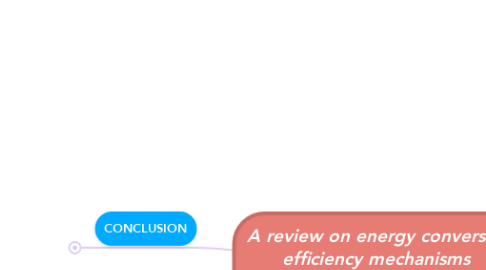A review on energy conversion efficiency mechanisms in quantum dot intermediate band nanostructure solar cells
by oswaldo figueroa

1. CONCLUSION
1.1. This article considered a study on principles of the MEG and IB QDs solar cells. Inserting QDs as very efficient particles to enhance photocurrents and managing the efficiency of the 3th generation of SCs have been investigated. For example, three types of configurations for QD solar cells are described here which can produce enhanced photocurrent, and the thermodynamic efficiencies.
2. QUANTUM DOT SOLAR CELLS
2.1. Quantum dots inserted in p-i-n cells
2.2. Quantum dots dispersed in conducting polymers
2.3. Nanocrystalline TiO2 solar cells sensitized by Quantum Dots
3. INTRODUCTION
3.1. The solar cells (SC) which leads to very low cost of solar electricity. Two paths are discussed based on matrices and semiconductor quantum dots QDs leading to ultra high efficiencies over a greater photocurrent
4. MULTIPLE EXCITON GENERATION SOLAR CELLS
4.1. The Shockley and Queisser efficiency is accessible semiconductors with band gap ranging from about 1.25 1.45 eV, while the solar spectrum contains photons with energies ranging from about 0.5 to 3.5 eV
5. INTERMEDIATE-BAND SOLAR CELLS
5.1. For capturing and using photons which are less than the forbidden energy gap, IB solar cells are based on intermediate web materials (Luque and Martí, 1997).


